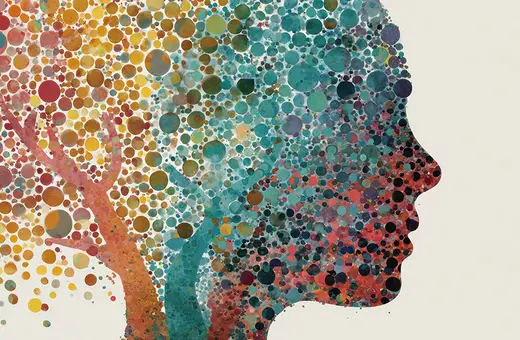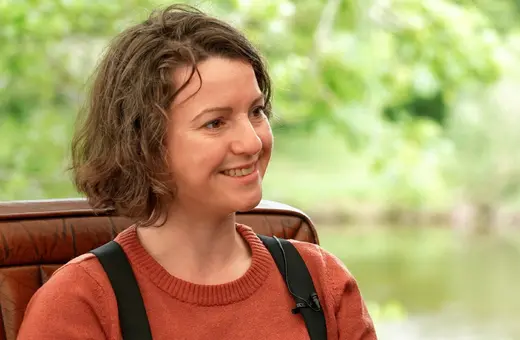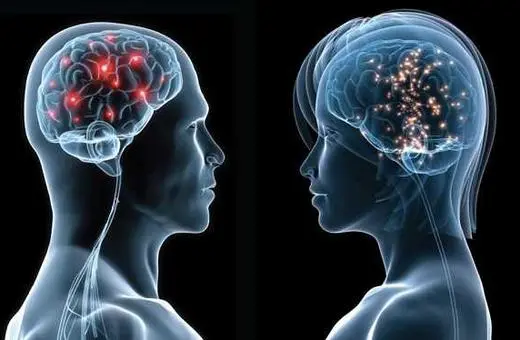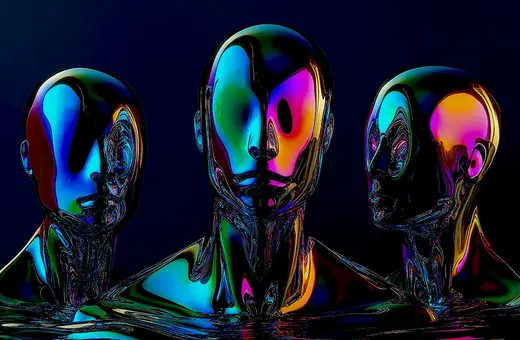The leading theories of memory describe it as being stored in the brain – similarly, some argue, to the way a computer stores memory. But this assumption relies on materialist assumptions and problematically bypasses the hard problem of consciousness. Memory is not stored in space, but in time, argues philosopher Victoria Trumbull, in the first article of a new IAI series on memory.
From ancient times, philosophers have used the “storage” metaphor to describe the phenomenon of remembering. Memory is often pictured as a vast warehouse or library of experiences. In the past century, this “storage” metaphor has come to be taken literally: neuroscientists today maintain that a “memory” is simply a given pattern or collection of patterns of neural activity. This hypothesis forms a key part of the greater worldview known as “materialism” or “physicalism”: in brief, the idea that reality consists solely in physical stuff, and, correspondingly, that the human mind is reducible or equivalent to the body or the brain.
The central problem with this picture of memory is that, like many descriptions of the mind, the storage metaphor is only a metaphor. It feels intuitive to say that we “store” memories like books in a library or files on a hard drive. While this is a useful metaphor insofar as it helps us to describe and express what it feels like to remember, it cannot be anything more than this.
In order to prove that memories are stored in the brain, we would need to be able to observe this. But this is not a fact that belongs to the order of observation and experimentation. The most that neuroscientists can do is track cerebral activity and attempt to correlate the physical brain state to a description of concurrent mental experience. In carrying out experiments of this kind, however, the neuroscientist has already provisionally assumed that there is an exact identity or perfect equivalence between the mental state and the cerebral state. In other words, the hypothesis of localization that the neuroscientist has set out to prove has already been assumed as an initial axiom of his or her research. The correlation between brain activity and memory reports doesn’t prove that memories are stored in the brain any more than the correlation between footprints and walking proves that walking is stored in footprints, or the correlation between the piano and a sonata proves that the sonata is stored in the piano.
If we assume that the brain stores up discrete, localisable memories, it then becomes extremely difficult to explain how the brain can be said to generate, preserve, and reconstruct “representations” of this kind. How can the brain translate an image of experience, itself intangible and invisible, into a physical record or neural pattern? The neuroscientist is left with the philosophical challenge famously known as the “hard problem of consciousness”: given the complex physical machinations of the brain, whence arises the conscious experience of remembering?





















Join the conversation